Meet the Experts at JKV: Life Enrichment Manager Jody Leshinsky Brings Big Talent, Elevated Programming to Residents & Guests
Always innovative and forward-thinking, John Knox Village in Pompano Beach, Florida is an international award-winning Life-Plan Retirement Community that is proud of its robust programming, thanks to Jody Leshinsky, Life Enrichment Manager at JKV for the past 3 years.
Jody’s passion for planning exceptional activities for JKV residents shines when she introduces a cultural event or new program. “Every day is an adventure,” she says.
She has elevated the programming at JKV, bringing in an impressive lineup of local, regional, national, and international performers. Notable guests include Grammy Award-winning flutist Nestor Torres, Latin jazz sensation Tito Puente, Jr., the renowned Miami City Ballet, and the South Florida Symphony, to name a few.
Beyond performances, Jody has brought art installations to the campus, both with residents’ work and shows by local artists through our partnership with ArtServe. She has expanded arts and educational opportunities for residents, offering a diverse range of creative cultural classes. Residents can explore watercolor, acrylic, fused glass, gel painting, life drawing, pastel drawing, and tile and mosaic.
Other classes include sign language, Spanish lessons, group vocal instruction, ukulele classes, improv, monologue, as well as mindfulness and wellness workshops.
Through these initiatives, Jody continues to enrich residents’ lives, fostering a vibrant and engaging community.
Jody began her career in Broward County Parks and Recreation in 1981, and then moved to the Broward Cultural Division, the designated local arts agency for Broward County in 1986. She retired from County government after 30 years and switched to the nonprofit world where she worked with the company responsible for the Pompano Beach Amphitheater and the opening of the Pompano Beach Cultural Center. The following year, she was hired to run two cultural organizations for the Pompano Beach Community Redevelopment Agency.
Most recently, Jody was the Cultural Venues Programming Manager for the newly created Pompano Beach Cultural Affairs Department where she was responsible for the programming of four cultural venues, the Green Market Pompano Beach, Old Town Untapped, and Pompano Beach Jazz Fest.
As someone deeply embedded in the Pompano community, Jody knew that JKV was growing exponentially, and its new Pavilion would include a 330-seat Cultural Arts Center. With this performance space, JKV was ready for a new level, and higher frequency, of hosting world-class events. With her many years of experience in the Broward arts scene, she knew she wanted to be part of the future of JKV.
“We have an exciting year ahead full of wonderful events and performances that include our jazz series, film lectures, life-long learning opportunities, and performers that include MusicFor America, Fushu Daiko Japanese Drumming Troupe, Dance NOW! Miami, Jason Hudy Magic, Across the Universe Beatles tribute band and so much more,” Jody states.
To see our full schedule of Cultural Arts Events, visit our events page.
We invite you to learn more and experience our breathtaking campus, astounding amenities, remarkable residents and exceptional team members who all make JKV extraordinary. Contact us today to learn more and schedule a visit.



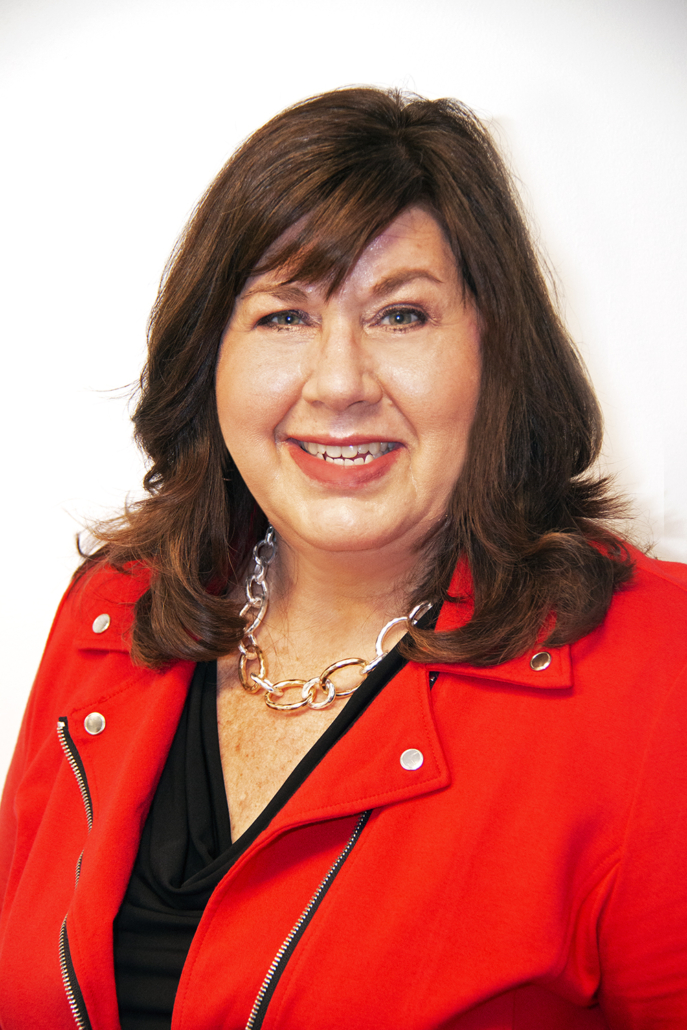









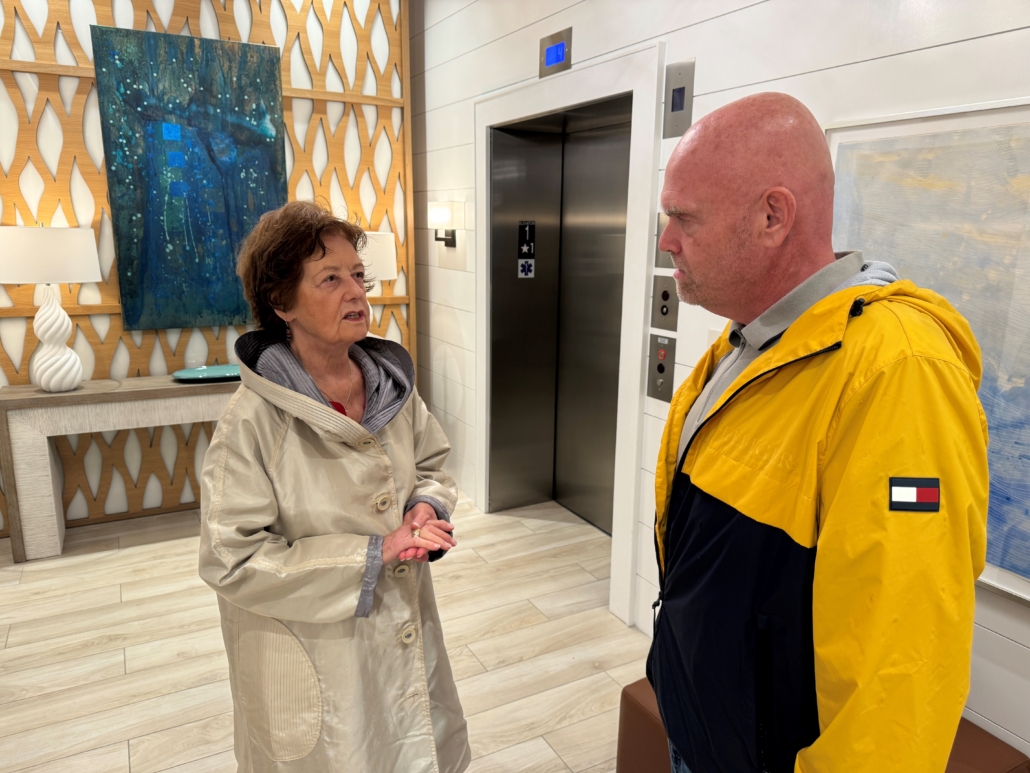


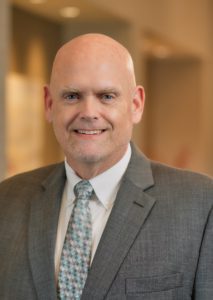
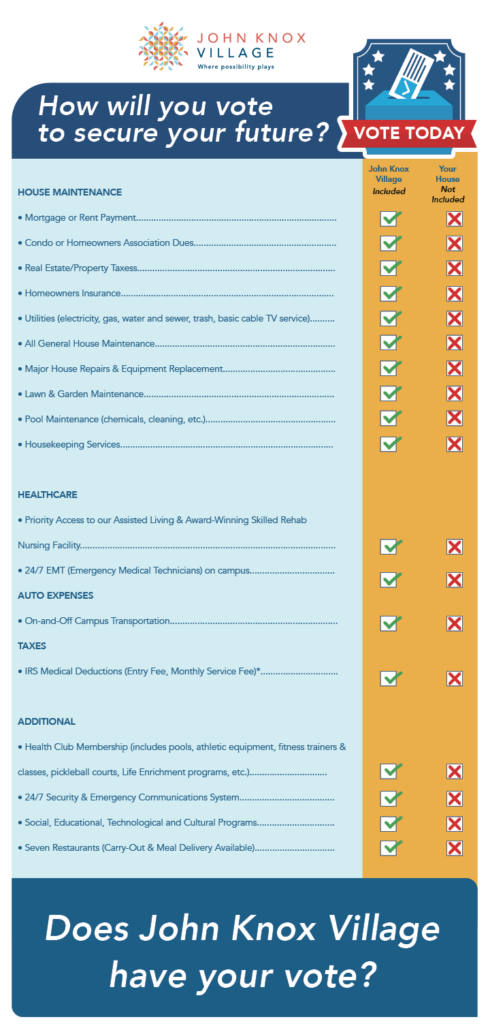


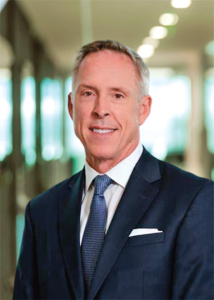 By Scott Montgomery, CLU, ChFC
By Scott Montgomery, CLU, ChFC